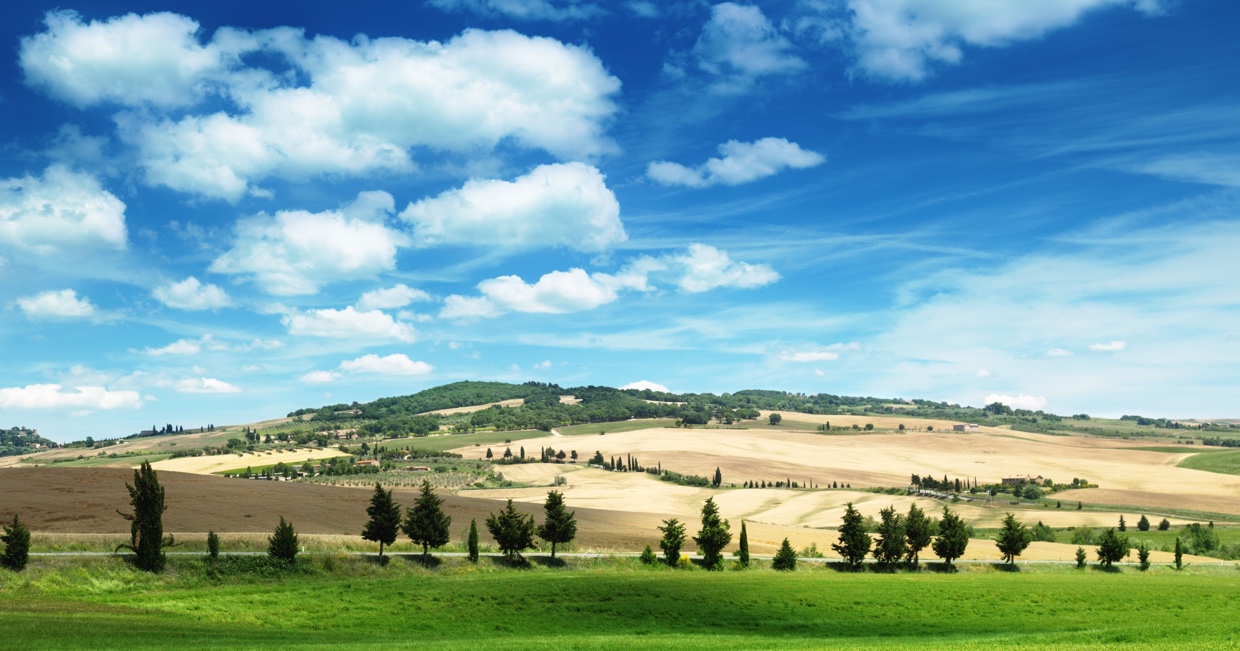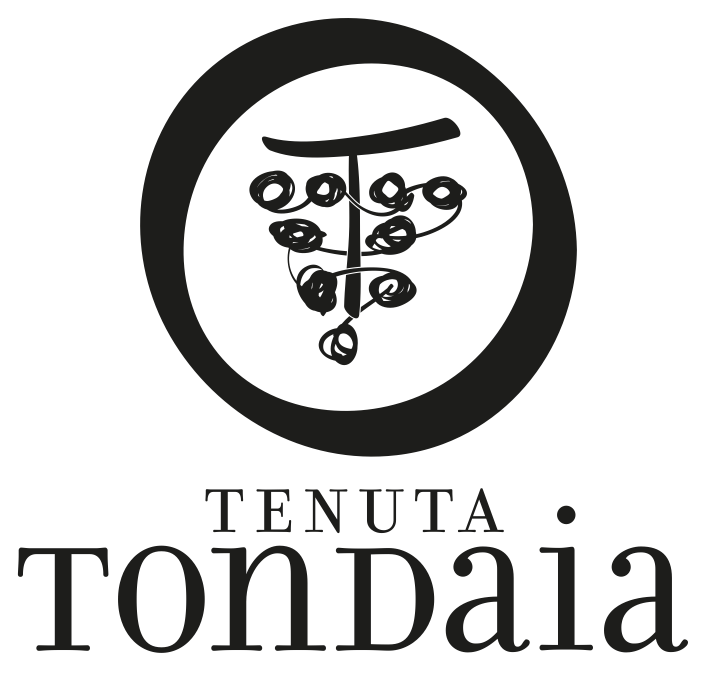Our Tuscany

It should be an easy task to describe our Tuscany, but it is extremely difficult. Many people have done it, and are still doing it, starting from art, landscape, to the food. Tuscany is colorful: green, brown and gold, all of them linked to endless nuances that valleys and hills, covered with olive trees, vineyards, wheat fields and cypress trees, show through the seasons.
Tuscany is charming and seductive, with its art towns, parishes and castles that unexpectedly appear at the end of long streets lined with pines and cypresses.
Tuscany is musical and harmonious in nature, with the melodies propagated by the chatter of many birds in the countryside, broken only by the tolling of the bells of a thousand stone villages nestled up on the hills. Tuscany is full of the scents of the Mediterranean shrubs, which are at every step in our wildlands: rosemary, catnip, fennel, broom, arbutus and myrtle.
Tuscany is also its cuisine, simple, basic, sober, rustic, but elegant at the same time.
Tuscany has many faces and many others before us have described it better than us.
“Whoever enters Tuscany, realizes immediately he is entering a place where everyone is farmer. And being a farmer here is not just about knowing how to dig, hoe, plow, sow, prune, mow, harvest: it means, above all, being able to mix the clods to the clouds and make one single thing of sky and earth…
The Tuscan sky is a mirror, so close that your breath tarnishes it: mountains and hills and clouds, and among those shady valleys, green meadows, fields and furrows by rights (and when it is clear, we see the bottom, just like clear water, houses, barns, roads, millponds, churches.)“
(Curzio Malaparte – Those Cursed Tuscans)
